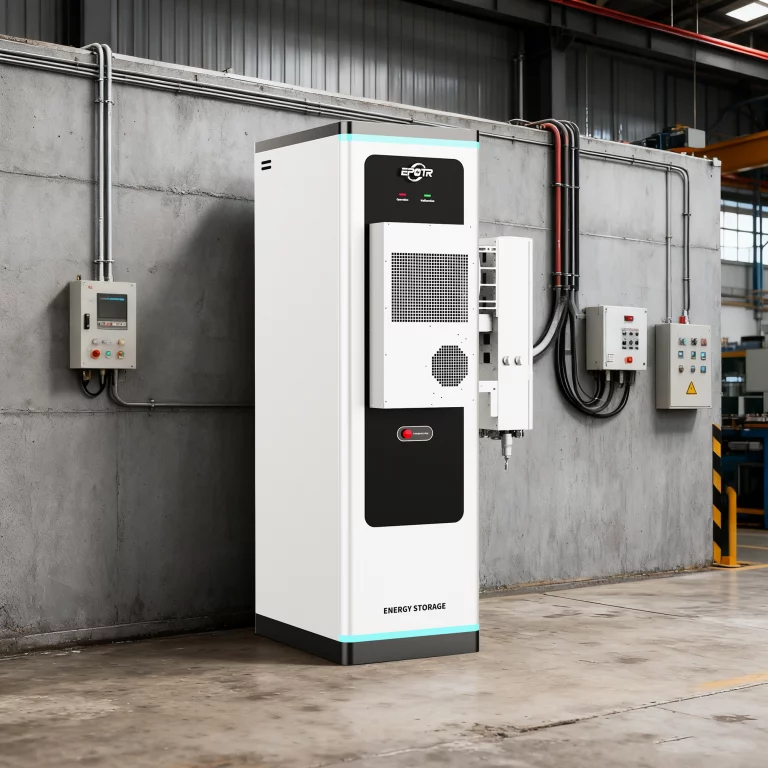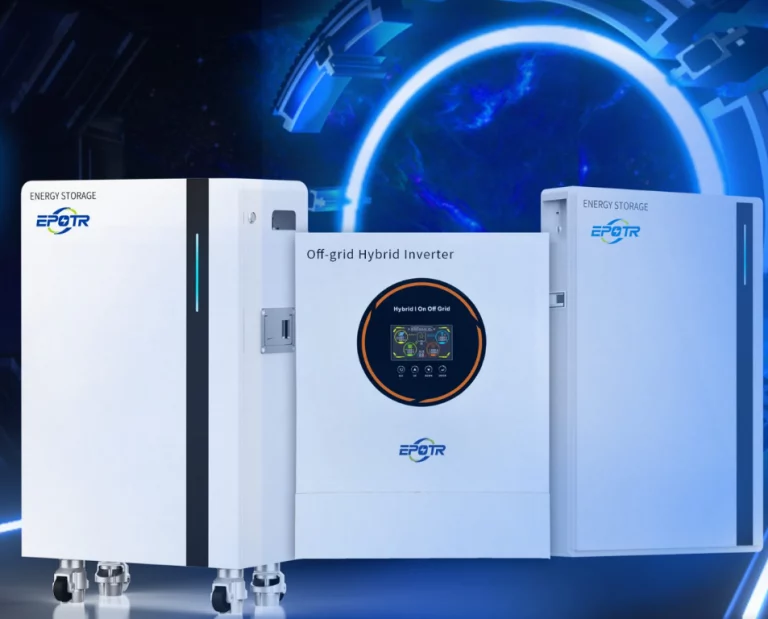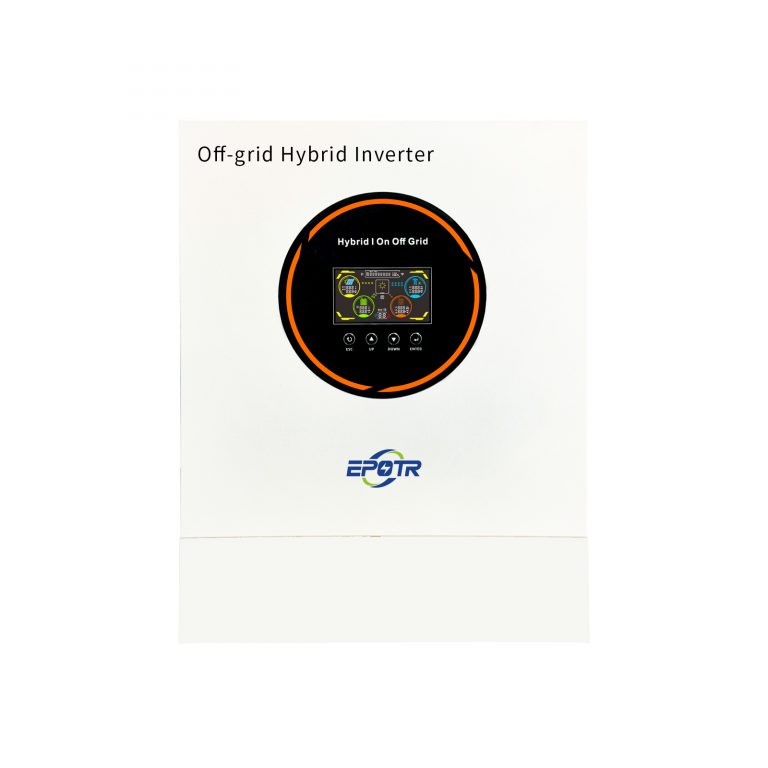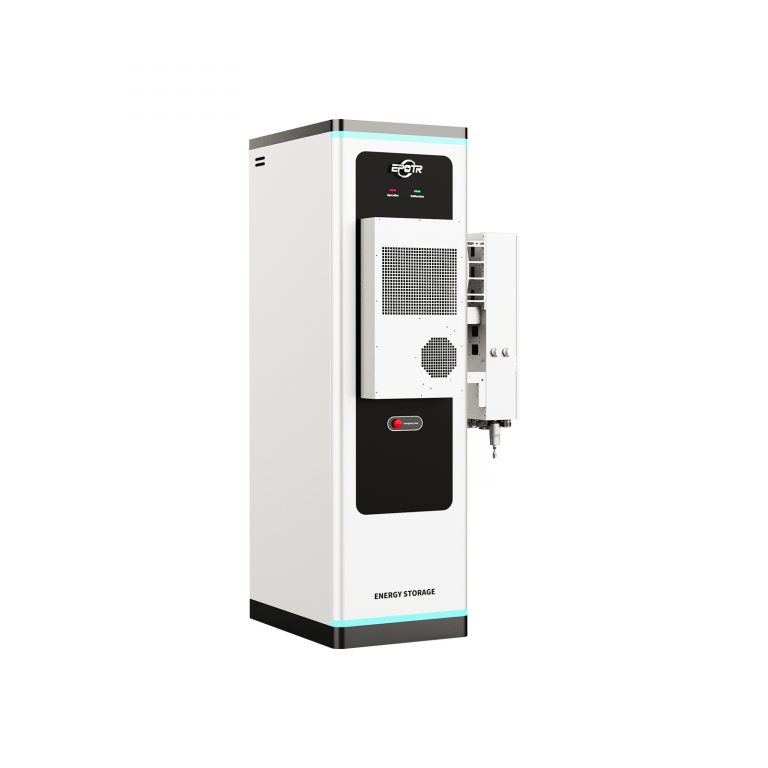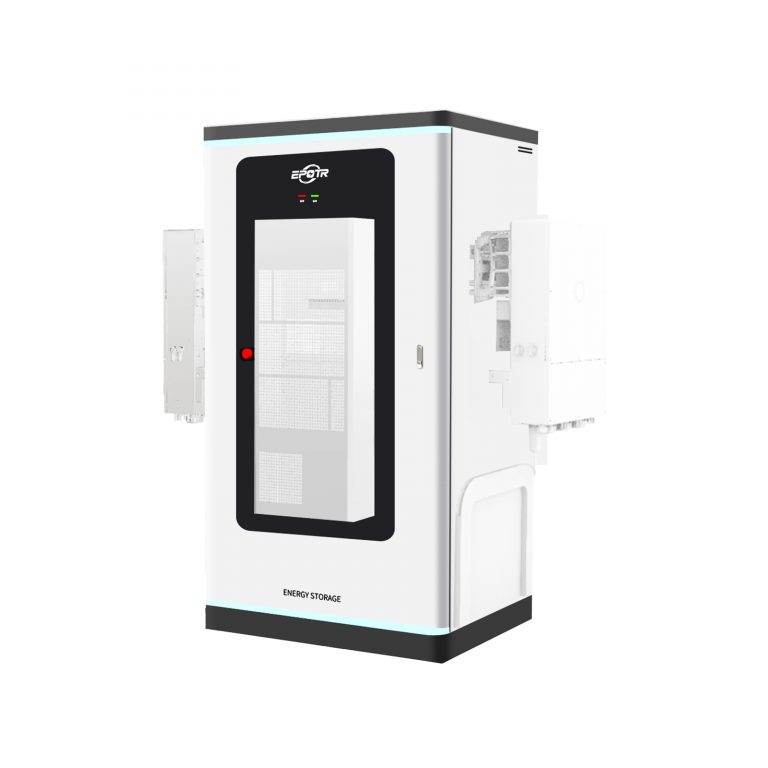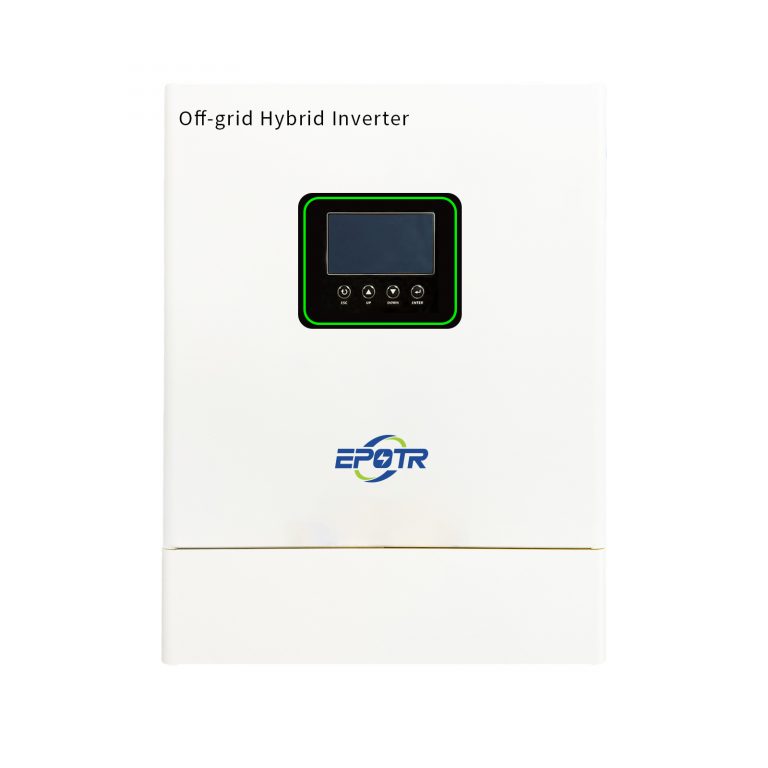ऊर्जा भंडारण अब सिर्फ एक प्रवृत्ति नहीं है। यह उन परिवारों के लिए मुख्य उपकरणों में से एक बन गया है जो स्थिर बिजली, कम बिल और बिजली का उपयोग कैसे करना चाहते हैं। अभी, दो प्रकार के सिस्टम का व्यापक रूप से उपयोग किया जाता है: फर्श खड़ा और दीवार पर घुड़सवार आवासीय ईएसएस दोनों के अपने लाभ हैं, और सही विकल्प आमतौर पर इस बात पर निर्भर करता है कि आपके पास कितना कमरा है, आपको कितनी बिजली की आवश्यकता है, और आप अपने घर को दिन-प्रतिदि यदि आप इस क्षेत्र में एक विश्वसनीय साथी की तलाश में हैं, ईपीओटीआर जांच करने लायक है। 2023 में डोंगगुआन में स्थापित यह कंपनी स्मार्ट ऊर्जा प्रणालियों, उन्नत इलेक्ट्रॉनिक्स और स्वच्छ समाधानों पर केंद उनका मिशन स्पष्ट है: हर जगह लोगों के लिए बिजली को सुरक्षित, हरित और अधिक उपलब्ध बनाना।
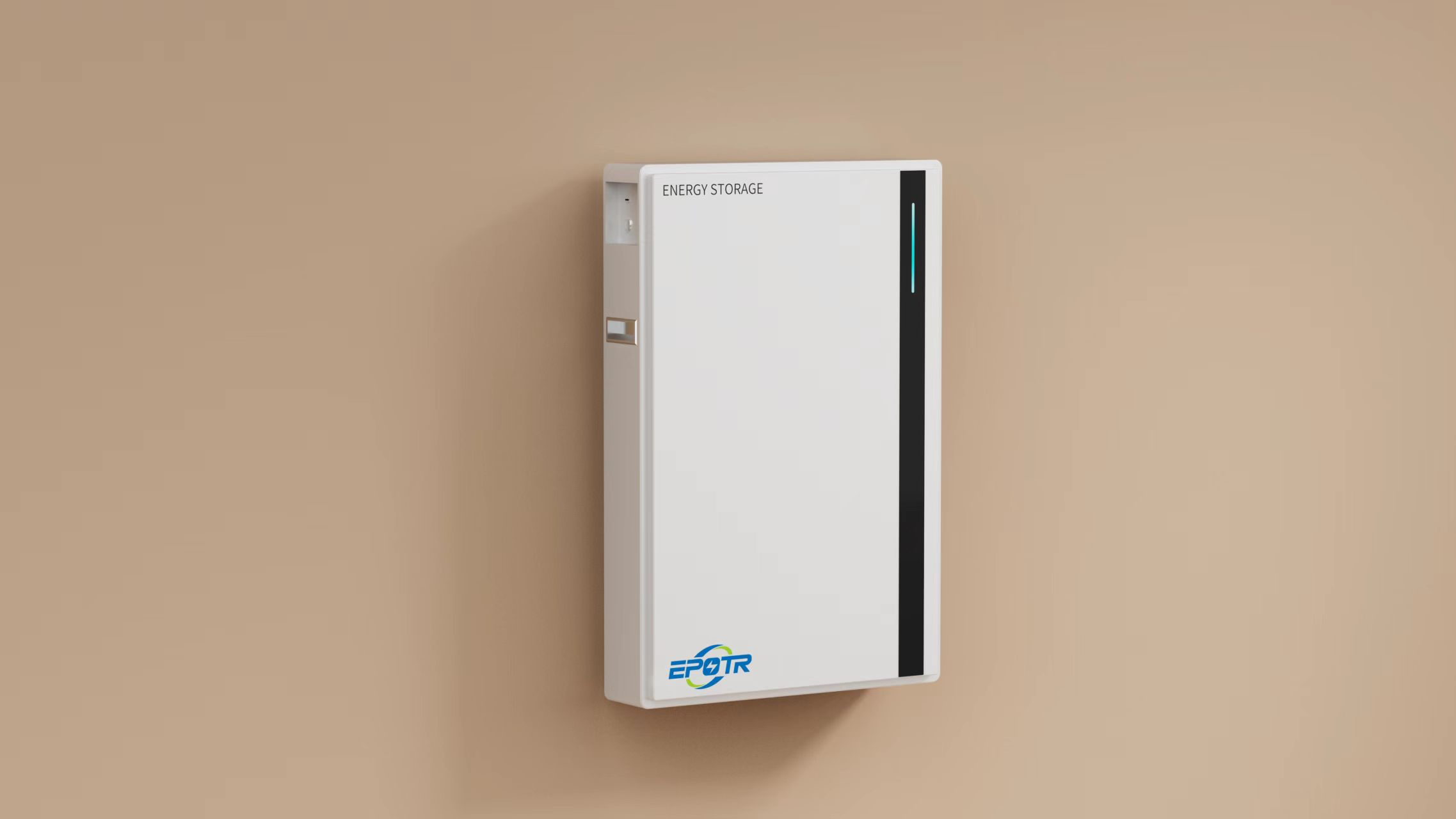
आज सबसे आम ऊर्जा भंडारण प्रणाली क्या है?
आज सबसे आम प्रणाली लिथियम आयरन फॉस्फेट बैटरी का उपयोग करती है। इन बैटरियों पर भरोसा किया जाता है क्योंकि वे कई पुराने प्रकारों की तुलना में अधिक सुरक्षित हैं और वे लंबे समय तक अधिकांश घरों में, आप अब स्टैक या घुड़सवार पैक के साथ निर्मित आवासीय ईएसएस देखेंगे, जिससे लोगों को वे चाहते हुए स्थापित करने इस विकास के पीछे कारण सरल है। कई क्षेत्रों में, ब्लैकआउट अक्सर होते हैं। बिजली की कीमतें बढ़ रही हैं। सौर पैनल अधिक आम हैं, लेकिन भंडारण के बिना, उस बिजली का अधिकांश हिस्सा बर्बाद हो जाता है।
वैश्विक बाजार में लिथियम आयन बैटरी प्रभुत्व
लिथियम आयरन फॉस्फेट, जिसे अक्सर एलएफपी कहा जाता है, अब क्षेत्र का नेतृत्व करता है। एलएफपी पर निर्मित इकाइयां निर्वहन की 90% गहराई पर लगभग 6000 चक्र तक पहुंचती हैं। इसका मतलब है कि वर्षों के उपयोग के बाद, आपके पास अभी भी ठो इसके अलावा, सुरक्षा प्रणाली ओवरहीटिंग या ओवरकरंट जैसी समस्याओं को रोकती है, जो आपको मन की शांति देती है।
आवासीय ईएसएस समाधानों की बढ़ती लोकप्रियता
हर जगह परिवार घर के भंडारण के लिए मुड़ रहे हैं। विशिष्ट प्रणालियां 10 kWh से 16 kWh तक हैं। यह एक फ्रिज, रोशनी, और शायद एक छोटे से एयर कंडीशनर चलाने के लिए पर्याप्त है। मॉड्यूलर डिजाइन आपको छोटे से शुरू करने और बाद में अधिक जोड़ने की अनुमति देता है। अस्थिर ग्रिड वाले स्थानों पर, लोग लंबे समय तक ब्लैकआउट के दौरान उन्हें बैकअप के रूप में उपयोग करते हैं। जब सड़क अंधेरी होती है तो रोशनी चालू होना सिर्फ आराम से अधिक है, यह सुरक्षित महसूस करता है।
ईपीओटीआर स्मार्ट और टिकाऊ ऊर्जा के लिए प्रतिबद्धता
यह कंपनी सौर पैनल, भंडारण बैटरी और ऊर्जा नियंत्रण को एक साथ लाने वाली प्रणालियों को डिजाइन करती है। आप दिन के दौरान सूर्य की प्रकाश का उपयोग कर सकते हैं और रात में संग्रहीत ऊर्जा का उपयोग कर सकते हैं। इसके परिणामस्वरूप बिल कम होते हैं और अचानक कटौती के बारे में कम तनाव होता है। कई परिवारों के लिए इसका मतलब एक बेहतर दैनिक जीवन है।
फ्लोर स्टैंडिंग ईएसएस दीवार पर घुड़सवार ईएसएस के साथ तुलना कैसे करता है?
ये दो प्रणालियां एक ही नौकरी के लिए बनाई गई हैं, लेकिन वे घरों में अलग-अलग फिट होती हैं। फर्श खड़े मॉडल उच्च भंडारण के साथ मजबूत अलमारियों की तरह दिखते हैं। दीवार पर घुड़सवार लोग पतले और कम दृश्यमान हैं, जहां स्थान सीमित है, उन घरों के अनुरूप बनाए गए हैं।
फ्लोर स्टैंडिंग ईएसएस बड़ी क्षमता और स्थिर प्रदर्शन
ए फर्श खड़ा आवासीय ईएसएस आमतौर पर लगभग 16 किलोवाट घंटे उपयोग योग्य ऊर्जा प्रदान करता है, जिसमें एक मजबूत निर्वहन वर्तमान 200 ए तक पहुंचता है। इतनी अधिक शक्ति भारी भारों को संभाल सकती है, जिसमें ओवन, वाटर हीटर, या यहां तक कि एक छोटी सी कार्यशाला में मशीनें शामिल उन्हें भी बढ़ाया जा सकता है।
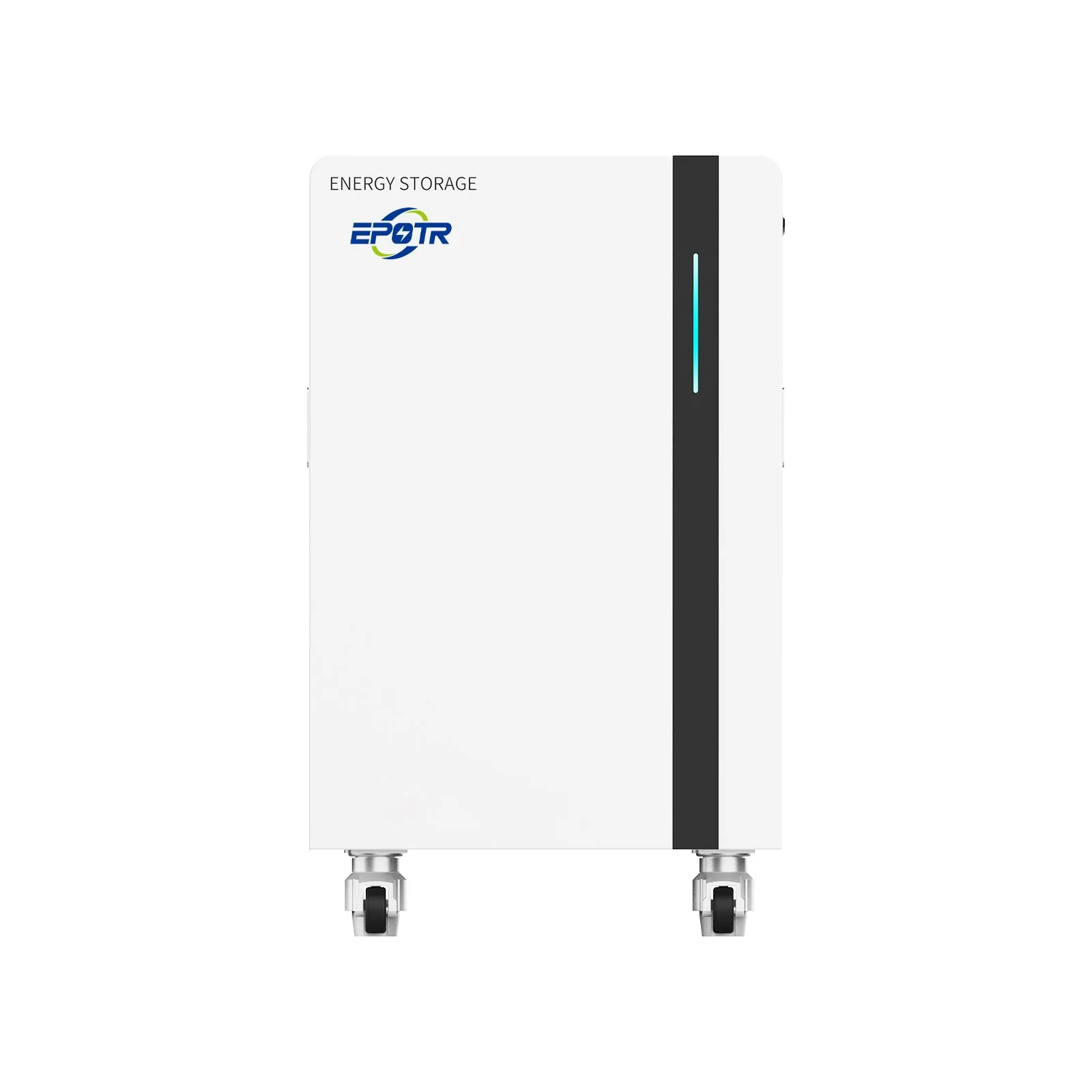
दीवार पर घुड़सवार ईएसएस कॉम्पैक्ट डिजाइन और लचीली स्थापना
द दीवार पर घुड़सवार ईएसएस हल्के विकल्पों में आता है, जैसे कि 5.22 किलोवाट या 10.49 किलोवाट। इन प्रणालियों को अपार्टमेंट या छोटे घरों में रखना आसान है। वे साफ हैं और फर्श की जगह लेने से बचें। कई शहर के उपयोगकर्ताओं के लिए, छोटे पदचिह्न उन्हें व्यावहारिक विकल्प बनाते हैं।
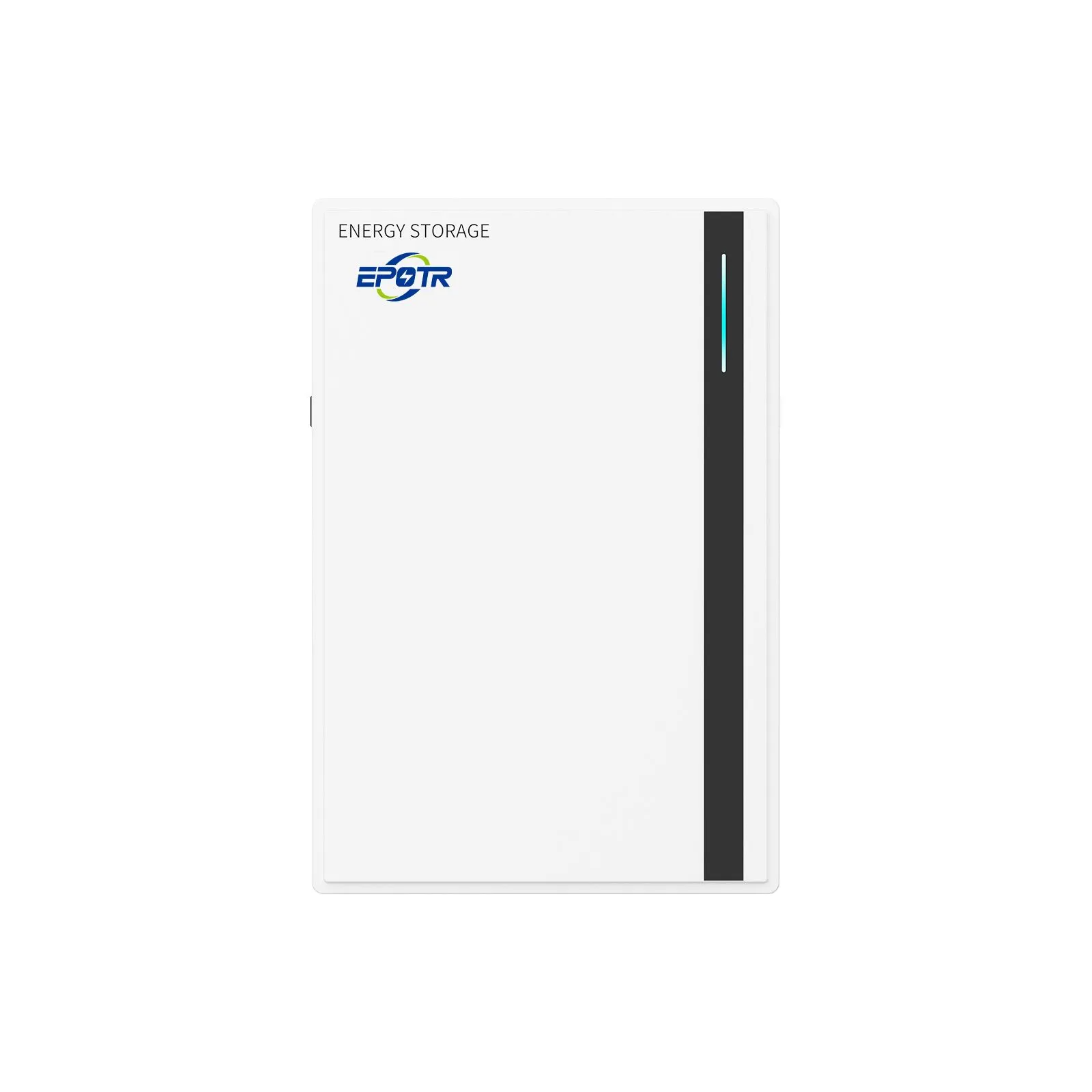
विभिन्न घरेलू आवश्यकताओं के लिए ईपीओटीआर दोहरी उत्पाद लाइन
दोनों शैलियों की पेशकश करके, कंपनी एक लचीला दृश्य दिखाती है। बड़े घर फर्श स्टैंडिंग इकाइयों के लिए जा सकते हैं। छोटे अपार्टमेंट दीवार पर घुड़सवार पैक चुन सकते हैं। दोनों सुरक्षा को ध्यान में रखते हुए बनाए गए हैं, दोनों अंतरराष्ट्रीय मानकों को पूरा करते हैं, और दोनों आधुनिक उपयोगकर्
घर के मालिक फ्लोर स्टैंडिंग ईएसएस क्यों चुनते हैं?
बहुत अधिक बिजली का उपयोग करने वाले घर अक्सर फर्श स्टैंडिंग सिस्टम चुनते हैं। उनके पास बैटरी के लिए अधिक जगह है, जिसका अर्थ है अधिक भंडारण और लंबे समय तक बैकअप समय।
मांग वाले घरों के लिए उच्च ऊर्जा भंडारण
16.08 किलोवाट घंटे जैसी उपयोगी ऊर्जा के साथ, आप न केवल दैनिक रोशनी बल्कि बड़ी मशीनों को भी चला सकते हैं। उच्च आवश्यकताओं वाले परिवार अक्सर पाते हैं कि फर्श खड़े इकाइयां एक ही समय में कई उपकरण चला सकती हैं।
लंबे चक्र जीवन और मजबूत सुरक्षा विशेषताएं
यहां तक कि जब हर दिन इस्तेमाल किया जाता है, तो ये प्रणालियां हजारों चक्रों तक चल सकती हैं। ओवरवोल्टेज, शॉर्ट सर्किट और तापमान के लिए सुरक्षा निर्मित है। यह जोखिम को कम करता है, जो महत्वपूर्ण है जब एक प्रणाली कई वर्षों तक आपके घर की
ईपीओटीआर फ्लोर स्टैंडिंग आवासीय ईएसएस एक विश्वसनीय विकल्प के रूप में
कैबिनेट मजबूत धातु से बना है और स्वाभाविक रूप से ठंडा है। CE और UN38.3 जैसे वैश्विक प्रमाणन उत्पाद का हिस्सा हैं। उन लोगों के लिए जो एक ऐसी प्रणाली चाहते हैं जो दुनिया भर में सुरक्षा निशानों को पूरा करती है, यह एक ठोस विकल्प है।
घर के मालिक दीवार पर घुड़सवार ईएसएस क्यों पसंद करते हैं?
यदि आप एक छोटे घर में रहते हैं या आप कमरे में एक बड़ा बॉक्स नहीं चाहते हैं, तो दीवार पर घुड़सवार मॉडल अधिक आकर्षक हैं। वे फर्श को साफ रखते हैं और डिजाइन में साफ दिखते हैं।
अंतरिक्ष बचत और घरों के साथ सौंदर्य एकीकरण
स्लिम और कॉम्पैक्ट, ये इकाइयां 820 x 430 x 250 मिमी के आसपास मापती हैं। 90 किलो से कम पर, वे बड़ी कैबिनेट इकाइयों की तुलना में हल्क जो परिवार इस तरह के डिजाइन की परवाह करते हैं वे बाहर रहने के बजाय मिश्रण करते हैं।
आसान स्थापना और स्केलेबल समानांतर डिजाइन
स्थापना सरल है। वे समानांतर में चल सकते हैं, जो आपको अधिक शक्ति की आवश्यकता के रूप में विस्तार करने की अनुमति देता है। चूंकि वे प्राकृतिक शीतलन का उपयोग करते हैं, इसलिए वे भी शांत हैं। यह कुछ ऐसा है जिसे आप कुछ समय के लिए उनके साथ रहने के बाद ही देखते हैं।
आधुनिक आवासीय जीवन के लिए ईपीओटीआर दीवार पर घुड़सवार ईएसएस
वे वैश्विक उपयोग के लिए प्रमाणित हैं और लगभग 6000 चक्रों के लिए रेटेड हैं। रोजमर्रा के जीवन के लिए, इसका मतलब है कि आप बिजली में बहुत गिरावट के बिना वर्षों तक उनका उपयोग कर सकते हैं। वे विशेष रूप से उन लोगों के लिए उपयोगी हैं जो सुरक्षा चाहते हैं लेकिन ओवरसाइज़ उपकरण नहीं।
क्या फ्लोर स्टैंडिंग बनाम वॉल माउंटेड ईएसएस सबसे आम ऊर्जा भंडारण प्रणाली को परिभाषित करता है?
दोनों प्रकार बाजार में प्रमुख खिलाड़ी हैं। आज सामान्य प्रणाली केवल एक डिजाइन नहीं है, बल्कि दोनों एक साथ काम करते हैं। परिवारों को विकल्प की जरूरत है, और ये दो प्रकार इसे देते हैं। ईपीओटीआर आगे बढ़ने के लिए प्रतिबद्ध है वैश्विक स्थिरता जबकि व्यक्तियों और उद्योगों को स्मार्ट ऊर्जा प्रणालियों के माध्यम से उच्च गुणवत्ता वाले जीवन का आनंद
आवासीय ऊर्जा क्षेत्र में पूरक भूमिकाएं
फ्लोर स्टैंडिंग सिस्टम भारी भार का समर्थन करते हैं। दीवार पर घुड़सवार इकाइयां छोटे घरों की सेवा करती हैं। एक साथ, वे आकार देते हैं जिसे अधिकांश लोग अब मानक कहते हैं।
दुनिया भर में विभिन्न आवास परिदृश्यों के लिए अनुकूलन
छोटे शहर के अपार्टमेंट से लेकर बड़े ग्रामीण घरों तक, प्रत्येक प्रारूप अपनी जगह पाता है। यह व्यापक फिट यही कारण है कि वे अब सबसे आम हैं।
बाजार मानक को आकार देने में ईपीओटीआर योगदान
उच्च सुरक्षा निशानों के साथ दोनों प्रकार का उत्पादन करके, कंपनी एक मजबूत उदाहरण पेश करती है। आकार, सुरक्षा और दैनिक उपयोग का मिश्रण उन्हें घरेलू भंडारण की ओर वैश्विक बदलाव का हिस्सा बनाता है।
सामान्य प्रश्न
Q1: क्या दीवार पर घुड़सवार सिस्टम भारी भार चला सकते हैं?
उत्तर: वे रोशनी, फ्रिज और छोटे उपकरणों को संभाल सकते हैं। ओवन या कई एयर कंडीशनर के लिए, फर्श स्टैंडिंग सिस्टम बेहतर हैं।
प्रश्न 2: क्या इन प्रणालियों को सक्रिय शीतलन की आवश्यकता होती है?
उत्तर: नहीं, वे प्राकृतिक शीतलन का उपयोग करते हैं। यह उन्हें शांत और बनाए रखने के लिए कम जटिल बनाता है।
प्रश्न 3: क्या उत्पाद अंतरराष्ट्रीय बिक्री के लिए प्रमाणित हैं?
उत्तर: हाँ, प्रमाणनों में सीई, यूएन 38.3, आईईसी 62619 और एमएसडीएस शामिल हैं, जो कई बाजारों में आवश्यकताओं को पूरा करते हैं।

